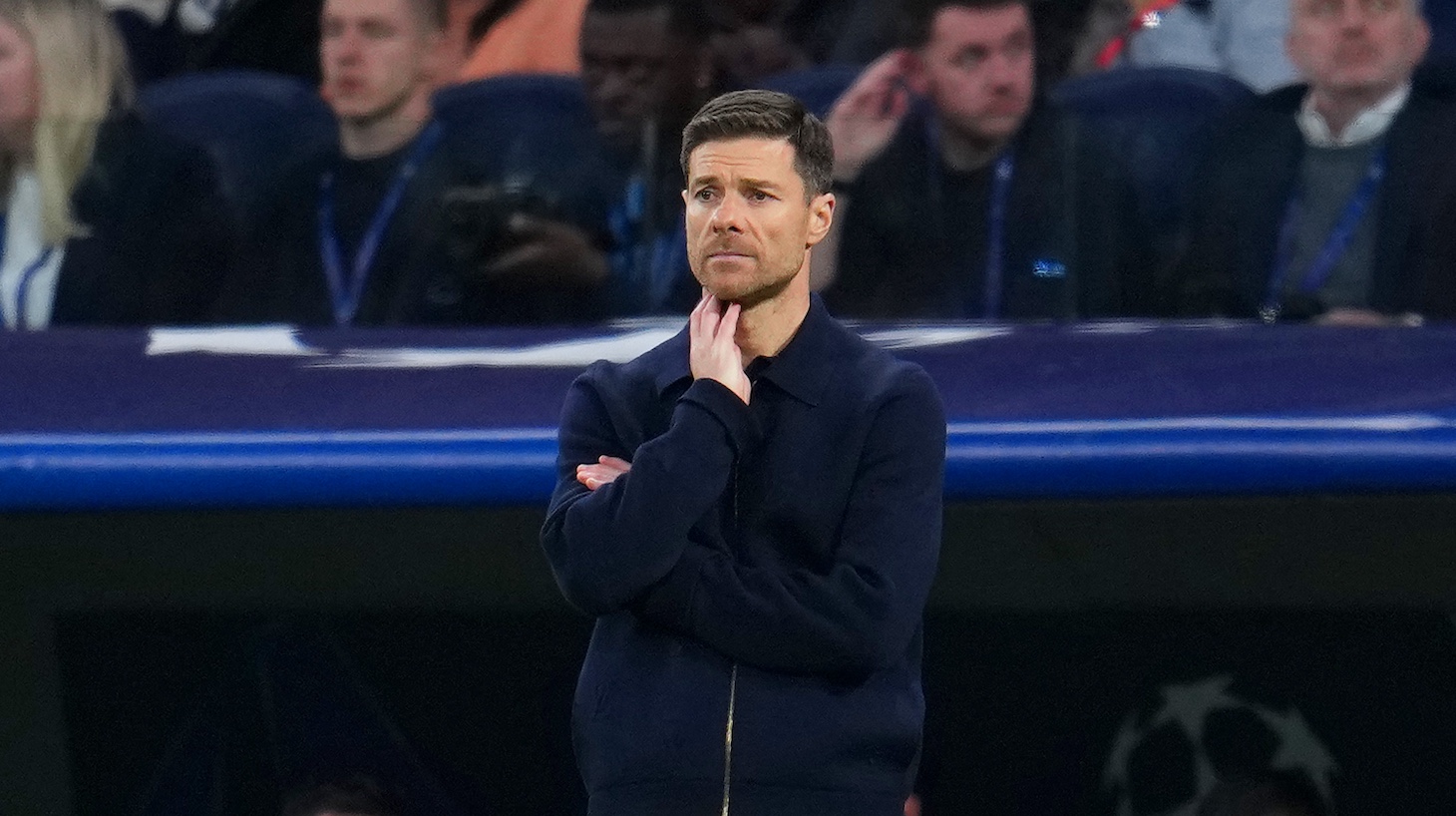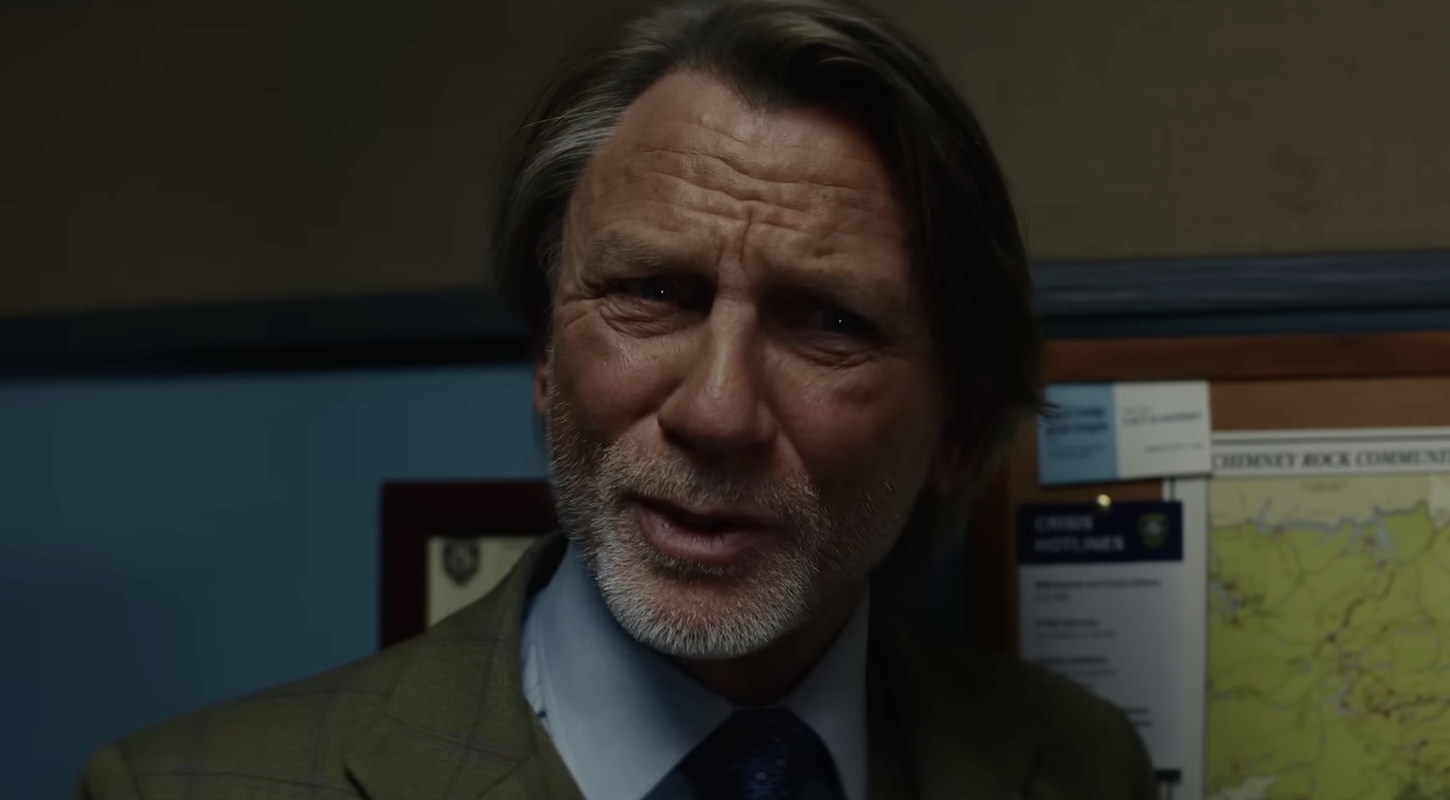Mamta Patel Nagaraja grew up in a small town in West Texas, where her parents ran a motel. Nagaraja and her older sister were both fascinated by space, which felt like a portal into the unknown. "There wasn't much grass, but I would lie down on the concrete and just look up and wonder," she said. Nagaraja said she remembers looking up to her dad—who, at 5-foot-8, was not particularly tall—and thinking, "When I am as big as my dad, I'll be able to touch a star and grab it."
While Nagaraja's sister eventually pursued other dreams, Nagaraja's never wavered. Soon after starting college, she secured an ongoing internship at NASA, which, in the early 2000s, was the only choice for aspiring astronauts. "It was kind of the Everest," Nagaraja said. "If you could get it there, then you had really made something of yourself."
Nagaraja worked at NASA for the next 24 years. She helped train astronauts at Mission Control before pivoting to engineering, where she designed instruments that explored Venus and the Moon. Later, she pivoted again to space biology, investigating what happens to the body in extreme environments. Eventually she became an associate chief scientist for exploration and applied research in the Office of the Chief Scientist, which advises the agency on technology and strategy.
In March, Elon Musk's Department of Government Efficiency, or DOGE, eliminated the Office of the Chief Scientist, the Office of Science, Policy, and Strategy, and the group that advises the agency on DEIA. The agency also terminated $420 million in what DOGE called "unneeded contracts." Such contracts included a program creating culturally relevant STEM curricula for middle schoolers in the Cherokee, Choctaw, and Chickasaw nations, a grant for the National Society of Black Physicists, and a center that made NASA satellite data usable for stakeholders, Science reported.
The Trump administration plans to cut NASA's science budget in half, and its overall budget by a quarter, which experts predict would be "an extinction event for space science and exploration in the United States." I spoke with Nagaraja about her childhood dreams of space, how NASA's research results in technological innovations in our everyday lives, and how the proposed NASA cuts would put the U.S. into a scientific freefall.
This interview has been edited and condensed for clarity.
I would love to hear more about how you wound up studying space.
In school, you learn about stars and the Sun. Kids often come home with this interest in the skies. Most children, even those who say, "I'm going to be an astronaut!" grow out of it. Then a very small subset of us become very obsessed with it and go to NASA. I was in that smaller group.
What drives me is the unknown. There's so much up there. Even as a little kid, I knew there was no way we knew everything that was up there. And so pushing those boundaries of what's not known yet, being on the leading edge of technology, being able to be someone who's done something most haven't? ... It still drives me today. Even as I figure out my next path, I'm like, "What can I do that no one has done before?"
For a lot of the folks that I've interviewed for this series, the government has always come first: "I want to be a civil servant. What will be my path there?" But it makes sense that for NASA, it's like, my path is space, and so my route there is through the federal government. ... What has your experience been of being a public servant?
When I first chose NASA, you're right. I chose it because I chose space. It wasn't necessarily public service that drove me as a young person. But once I joined NASA and I grew up a little bit and I understood what it meant to be a public servant, that is what kept me there. And that is why I never intended to leave. ... Those of us who work in government actually believe in the public good. We actually know—it's not that we believe—we know that the work that we were doing was helping people in some way, even in space.
But my favorite part of it is so much of those technological solutions that you come up with to get a person into space can actually be applied back to Earth. ... Early in the space days, when NASA challenged the public—this is during the Gemini program, so early, early in the space days—they said, "Look, we, the government, have been charged with getting humans into space, but we need to do it safely. So I need someone to come up with, how can I get basic vital signs from space down to Earth?"
That technology did not exist. If you went to a hospital, the doctor had to come into your room in order to hear your heart or know what your heart rate was. Or you had to actually physically be touching the person. But these two gentlemen got the contract from NASA. So the government invested in someone trying to figure out how to solve this problem. And they sure enough figured out how to get basic vital signs, blood pressure, heart rate, things like that, from the astronauts down to Earth. From space down to Earth. But they didn't stop it there. This is what I mean by saying those investments come right back to people on Earth, this is doing things for public service, for the greater good. They approached the hospitals in Los Angeles and said, "I just did this for the government, and I really think I can apply it in a hospital." They set a vision. They said, "Imagine if you were sitting at the nurse's station and you could have vital signs from every single patient on your floor. Wouldn't that be amazing?" ... And that is how we have vital sign monitors. Almost every single one of us will be impacted, either directly or indirectly, with the hospital setting. That is a tangible way in which the government's investment in space came right back to the people. You don't have to go back in time to see those. It happens regularly.
For me, the public service is what kept me there, and [is] probably the thing I'm going to miss the most about what has happened. For me, it's a huge switch to go from doing things for the greater good to doing things for a bottom line.
I wanted to ask about your path at NASA. I understand that you joined through an internship program.
Then it was called the Co-op Program. They now call it the Pathways Internship Program. But traditionally, Co-op was this opportunity—versus a summer internship, which was a one-time thing—Co-op was meant to be repeated experience for the young person before they began their career. So you would go to school a semester and then go work at NASA for a semester. Go back to school for a semester, come back and work. So it was regular experience. At the time, in the '90s and early 2000s it was one of the primary ways for the agency to bring in new talent after graduation.
Since I was a little kid, I had my dreams and my sights set on NASA. So when I got to college at Texas A&M University, which is not too far from Johnson Space Center—the centers tend to recruit from nearby universities, especially ones that have top engineering programs, like A&M—in my freshman year, I had told somebody ... in the administration of Texas A&M that I wanted to work for NASA. It's interesting how people that you intersect with, even for a moment, play a role in your trajectory. Because whoever this person was, remembered it, and then weeks later, assigned me ... to the NASA booth [at the career fair], and that is where I met the man who brought me into the agency. He told me that he said, "Love your excitement, but you're a little young for NASA. Why don't you try coming back in a year?"
I always say that Bob, who recently passed away unexpectedly, Bob did not know the force he was talking to. Because I just pestered him. ... I guess I did a pretty good job of not pestering but pestering enough he gave me an interview at the end of that year, and that was my entrance. So I was fairly young when I had my chance to impress NASA. I got in. I remember being told, "You are the future of this agency." I think that is probably one of the hardest things about what ended up happening. That I didn't leave on my own terms. I really believed whoever told me that at my early, early career, that not just I, but my entire cohort, were the future of the agency.
After you left the Co-op program, that's when you started working for astronaut training and Mission Control. I would love to hear about some of the different positions you held.
I wanted to become an astronaut. So [Bob] put me in the team that was training them. At 19 years old, 20 years old, that's incredible to be able to have a job like that and also work with teams that were working in Mission Control.
Working in Mission Control was this high-stakes, human-life-on-the-line, high-stress environment. I thrived in it, which was a surprise to me. I did really well in that environment. Under pressure, I was calm and cool and confident in my technical accuracy. And those are the kinds of skills that you needed to be in Mission Control, especially through the training. The training is the hardest part, the actual real work is a lot calmer. But they're preparing you for the the day that something bad actually happens in space.

I came to D.C. because Goddard [Space Flight Center] was here and headquarters was here. ... That's when I segued from human exploration into science. I got to work a mission to the Moon, which is really cool. Did all of the ground testing for the mass spectrometer that we sent on the LADEE mission, brought all the scientific data back safely from the Moon, got it over to the scientist. That was a cool mission. I got to design an instrument that was capable of exploring the Venusian atmosphere. That was really fun. I was the lead mechanical engineer for that one.
Most people do not leave human exploration and go to science, or leave science and go to human. Those tend to be very separate, and people don't really know how to talk about the two together. But now I was in this world where science was the priority instead of the astronaut. When you have humans in space, the human is the priority. You save the human, the vehicle, and then you do the science. But now there were no humans. So your only priority was science. It was pretty phenomenal to to be in something where you didn't have to worry about the life on board. You just needed to perform the science and gain knowledge and discover things. ... I ended up at the very end in the Chief Scientist Office, and that was playing an advisory role. After you gain so much knowledge, then you can start actually guiding at the higher levels and advising the highest of the leadership.
Could you talk about what an average day looked like for you on the job as an Associate Chief Scientist?
A lot of the day-to-day were meetings, but it was the content of those meetings that was most important. Regular, scheduled meetings were just to keep in tune with the areas of my portfolio, which were in human spaceflight. Artemis missions, ISS missions, [and] commercial space flight would be the three big buckets.
On a week-to-week basis, you would get somebody who said, "This is just not getting worked out, and we really need help from the higher levels." That was kind of where the fun stuff happened for somebody in an advisory role, because then you're able to really help the big problems that cannot be solved at the lower levels. I'll give you an example. On the ISS we are at a point where the amount of science being done is so great that we don't have the resources needed, namely the crew hours that are needed to perform that science.
Traditionally, you had two big groups using the ISS crew time. That's the Human Research Program, where the astronauts do experiments on themselves in order to learn more, to go deeper into space and stay longer in space. Then you had the basic biology and physics team, which was the BPS team. But then there were other smaller players who were now saying, "Hey, look, we need time on the ISS too, in order to test this technology that could get us to the Moon or get us to Mars."
We needed to be able to prioritize the science and open up a little bit of space and some of those hours to get in these new up-and-comers. You always want to have a little bit of of reserve hours so that you can expand what you're doing. You don't want to give it all to one particular or two particular organizations. So that was that was one tangible way in which our office could mediate all of those conversations.
We built out a strategy in order to mediate those conversations, which is what the Chief Scientist was brought in for. She and I both mediated these conversations. The reason was ... we were independent. We didn't fund any of those missions, and I think that is the key. The office does not exist anymore.
Could you talk about your experience of being fired?
What we thought was happening was our boss, the Chief Scientist, was going to tell us what she thought the future of our office was. But instead it was the actual meeting with the high-ups. We walked into a meeting. ... They did do it in person, though, and it was pretty quick. Took 15 minutes. What they told us was it was part of large-scale reductions in force. What was questionable is all of the RIFs before then, and all of the RIFs after us at other agencies have been in the hundreds or the thousands. NASA's was [23], which is interesting.
I actually accept that layoffs are part of life, and I was fully aware of what happened during the Clinton administration, but ... it wasn't entire offices closed down in the '90s. The government really tried to keep their most senior, well-performing employees. Whereas here it has been: Close it down and get rid of them fast. Do it quickly and just move on, as opposed to strategically.
Has this firing has impacted your personal life at all?
The one impact I didn't foresee in my personal life was on my children. Particularly, one of the three kids loves space. ... I think it took me a little bit to see it ... because she's so much like her dad. But in her academic inspiration, she's me when I was a little girl. It took me so long to see it. And it took me being let go to really see it in her, enough that I now know she wrote notes at school that said things like, "I'm really sad my mom lost her job. I'm really sad that NASA is not part of my life anymore."
I just told a colleague of mine who was also RIFed how I'm OK only because of life lessons from my dad. I think it's reflecting on that that has given me so much peace. ... We grew up largely under the poverty line. Because of that, my dad always made it a point to teach us to save and always said, "You never know when you're going to need your savings. You should always have savings. You should always have insurance." He just always had these life lessons for us. I remember getting my government job, and especially in the '90s, 2000s government jobs had this reputation of being stable and safe. I remember even thinking, I don't know why I'm saving all this money because I'm not going to lose my job, right? ... But my dad was in the back of my mind the whole time, my entire life. So I fully believe the only reason that I'm OK right now is because I had my dad's life lessons that said, you never know what's going to happen.
The last question I wanted to ask is if you have any fears for NASA amid these cuts.
My greatest fear is that our nation will lose its foothold as a country who has prioritized and been the go-to nation for science and technology. It has, for so many decades, been the preeminent place to come and study. It is why people leave their home countries. If you have never had to do that, you may not realize how important that decision is. It's often leaving their families, their friends, everything they've ever known, and they do it to go to the country that has the very best scientific efforts. I think that is what we are in most danger of [losing].
We won't see the ramifications for several years, probably. Whatever changes are happening right now, science doesn't move that fast. ... I just hope what we what we're doing, is not irreparable. If it is harmed, I hope we can at least repair it one day.







